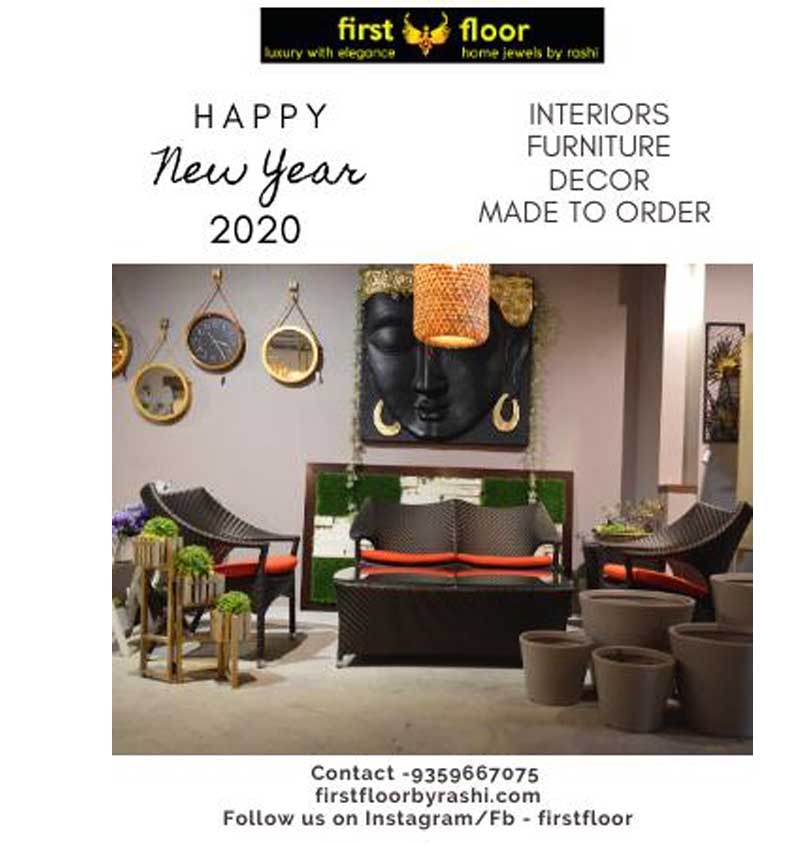The Birth of Pantone
Pantone was founded in 1962 by Lawrence Herbert. Originally, it was a small business focused on producing colored paper products. However, the company's trajectory changed when it introduced the Pantone Matching System (PMS) in 1963. The PMS was groundbreaking because it provided a standardized system for identifying, matching, and communicating colors across different industries. Before this system, each printer or manufacturer used their own methods for creating and naming colors, which often led to inconsistencies.
Pantone’s system was simple but revolutionary: it assigned a unique code to every color, ensuring that colors could be replicated with accuracy, no matter where or how they were printed or produced. This move created a universal language for color, allowing designers and manufacturers to communicate more effectively and eliminating the confusion that often arose from different interpretations of color.
The Pantone Matching System (PMS)
The Pantone Matching System is the backbone of Pantone’s success. The system is a standardized color reproduction system that is used worldwide in the design, printing, and manufacturing industries. PMS is used by designers to specify and communicate exact color needs, whether for branding, product design, or even architectural elements.
PMS colors are often identified by a unique number, like “Pantone 186 C” (a vibrant red) or “Pantone 2985 C” (a light sky blue). The letter "C" stands for "coated," indicating a specific type of paper finish, but there are also versions for uncoated paper and matte finishes. This precision is vital, especially for brands that rely on consistent color representation in everything from logos to packaging.
Pantone’s system has expanded over the years to include more than just solid colors. It now encompasses special colors, like metallics and fluorescents, and even custom color systems for specific industries such as textiles and plastics.
Pantone and Branding
One of Pantone's biggest impacts has been in the world of branding. Companies rely on Pantone to maintain consistent color identities. A brand’s color is not only a visual element but a critical part of its identity and emotional appeal. Think of Coca-Cola red, Tiffany blue, or Starbucks green—each of these brands uses a specific Pantone color to ensure their products and marketing materials convey the same message and recognition across the globe.
For designers, Pantone offers an invaluable tool to match colors between digital screens and printed materials. The digital RGB (Red, Green, Blue) color system doesn’t always accurately represent how a color will appear when printed, making Pantone a key asset in creating precise designs for packaging, advertising, and any printed collateral.
Pantone’s Influence on Fashion and Design
Beyond graphic design, Pantone has an outsized influence on the fashion world. Each year, Pantone releases its "Color of the Year," which often serves as a barometer for color trends in fashion, home décor, and product design. The color is chosen by a panel of experts who analyze trends from around the world, drawing inspiration from art, entertainment, technology, politics, and more.
The Color of the Year is not just a passing fad; it has a lasting influence on the global design landscape. For instance, in 2016, Pantone announced "Rose Quartz" and "Serenity" as the colors of the year—gentle pink and blue hues that reflected a societal shift towards calm, wellness, and gender inclusivity. More recently, in 2023, Pantone introduced "Viva Magenta," a bold, dynamic shade of red that symbolizes strength and vitality.
Pantone’s influence also extends to other creative fields. In interior design, furniture, textiles, and even automotive paint, Pantone colors help designers create cohesive and on-trend aesthetics. By offering precise specifications and naming colors with clarity, Pantone provides a framework for making color choices that resonate with consumers.
Pantone's Color of the Year
Pantone's Color of the Year is perhaps one of the most eagerly anticipated events in the design and fashion worlds. Annually, a team of color experts from Pantone scrutinizes global cultural influences, including political shifts, economic trends, social movements, and even advancements in technology and nature. Based on these analyses, Pantone selects one color that is projected to have a significant impact on design and creativity in the coming year.
The Color of the Year has become a vital marketing tool for Pantone and companies worldwide. It provides designers with a touchstone for creating new collections, launching products, or even refreshing their brand identity. Some of the most memorable Color of the Year selections include Ultra Violet (2018), Living Coral (2019), and Classic Blue (2020)—each of which carried its own cultural significance at the time of selection.
The Future of Pantone
In an ever-evolving world of technology and design, Pantone is staying relevant by adapting its systems and tools. The rise of digital design and 3D printing, as well as the move toward more sustainable and eco-friendly practices, has encouraged Pantone to explore new ways to integrate color communication with modern technology. The company now offers digital color matching tools, providing designers with the ability to test, preview, and adjust colors in real time before committing to production.
Additionally, Pantone is actively involved in developing new color systems to meet the demands of emerging industries. Whether it’s creating custom colors for virtual worlds or providing sustainable color solutions for the fashion industry, Pantone continues to innovate and ensure that color remains a cornerstone of design.
Conclusion
Pantone is far more than just a color system—it is the global standard for color communication and a cultural touchstone that shapes industries, trends, and creative expression. Whether you’re designing a logo, picking out paint for your home, or choosing a fashion collection’s color palette, Pantone ensures that color is consistent, accurate, and universally understood. Through its legacy of innovation, Pantone has cemented its place as the definitive authority on color, influencing how we perceive and use color in all aspects of life.



















Your Message